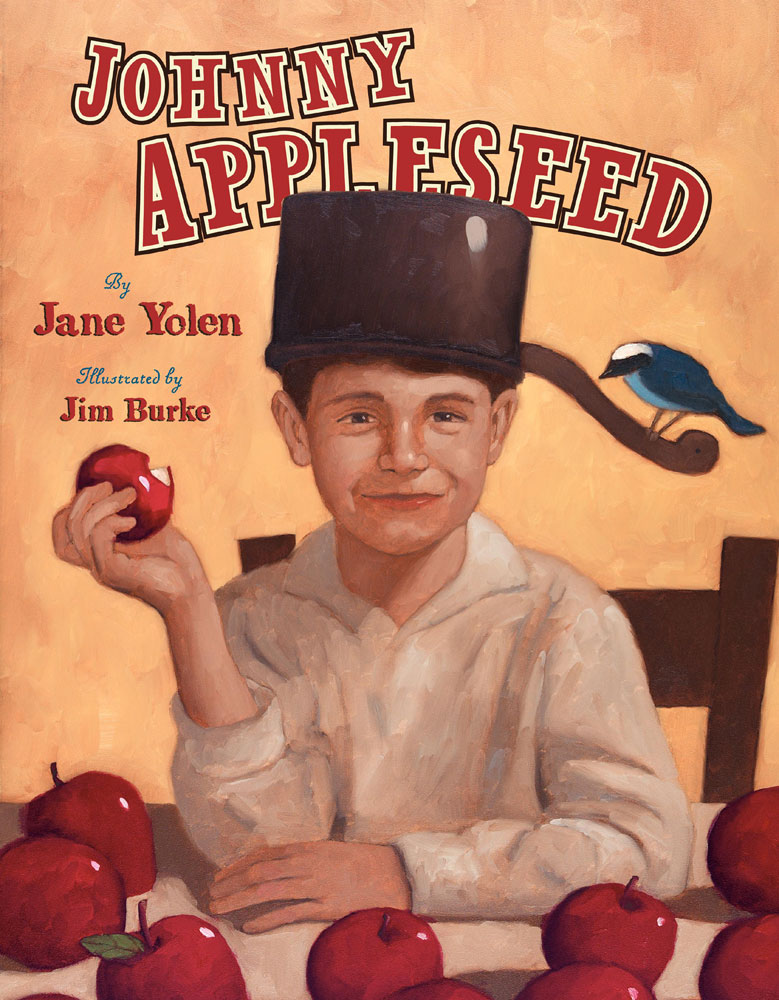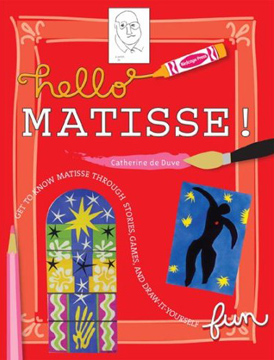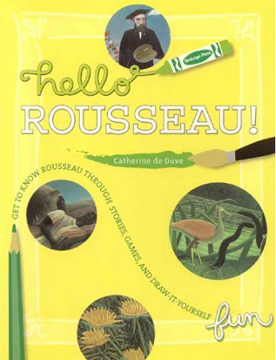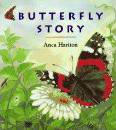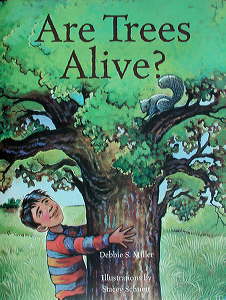The story My Favorite Time of Year, written by Susan Pearson and illustrated by John Wallner, takes readers through an entire year in the life of Kelly and her a family and shows the exciting activities and seasonal changes that occur. At first, Kelly thinks that fall is her favorite time of year, but then after experiencing all the fun activities of each time of year, she decides that every season is her favorite.
Susan Pearson begins her story by describing the characteristics of fall:
“It’s October! The maple trees are turning red. The elms are turning yellow. When Kelly and Mommy take baby Patrick for a walk, they stretch their necks back to see the colored roof above them.”
Leaves are changing colors and whirling to the ground, people are preparing their houses for winter, the days are getting shorter, and ears of dried corn are appearing on doors. Kelly and her mom also watch the geese flying south and wave good-bye to them. Right now, fall is Kelly’s favorite time of year.
Next it is December. The weather is much colder and it begins to snow. Kelly comments on the extra clothing that people have to wear:
“Now dressing Patrick seems to take forever…The doorway is filled with snowsuits and scarves, hats, mittens and boots. We look like a department store.”
Kelly goes sledding with her dad and builds a snowman with her mom. When the house smells like cookies and Kelly sees Santas on every corner, she realizes that Christmas is coming and excitedly declares that she likes winter best of all.
In spring, the snow melts, trees and flowers bloom, and the rain makes puddles everywhere. The robins have returned and are building nests in trees. As her mom puts away their winter clothes, Kelly explains that spring is her favorite season.
Finally, it is summer. Kelly wears shorts instead of overalls, Daddy mows the lawn, and Mommy picks vegetables from the garden. Kelly’s family goes to the beach, eats hamburgers and hot dogs, and has watermelon seed spitting contests. At the end of the story, Kelly lies in bed with her windows open, listening to the frogs and crickets sing her to sleep and decides that now summer is her favorite time of year.
Curriculum Connections
My Favorite Time of Year would be an excellent book to use as part of a unit on seasons and how seasonal changes affect plants, animals, and people. This book includes numerous details about each season, ranging from leaves changing color and falling off trees, geese migrating south for the winter, days getting shorter in winter and longer in summer, changes in people’s dress based on temperature and season, flowers and trees blooming in spring, and fireflies coming out on summer nights. The detailed illustrations of each season enable children to clearly see how the world around them will change during fall, winter, spring, and summer.
The book is simple enough to be read to Kindergartners or first graders but also contains sufficient details to be used as an introduction to a 3rd grade lesson on seasonal changes and patterns. In Virginia, this book relates to science SOLs 1.7, 2.7, and 3.8, which state that students will understand how seasonal changes and weather affect the activities of plants (growth, budding, and falling leaves), animals (migration), and people (dress, recreation, and work).
Additional Resources
- Here is a link to a lesson plan for the story My Favorite Time of Year. This lesson focuses on fall and includes instructions for lots of fall activities, including leaf rubbing, making pumpkin bread, acting like falling leaves, taking a nature walk, and carving a pumpkin.
- This winter unit includes a “My Favorite Time of Year” poem to go along with the story, as well as many other winter activities for reading, math, social studies, and science. The poem could be used for all four seasons.
- DLTK’s Spring Section includes many spring crafts, coloring pages, poems, games, worksheets, and bulletin board ideas.
Book: My Favorite Time of Year
Author: Susan Pearson
Illustrator: John Wallner
Publisher: Scholastic
Publication Date: 1988
Pages: 32 pages
Grades: K-3
ISBN: 0-590-46353-5



